Table Of Content
Generative AI is transforming application development and offering many possibilities for building software. This is a key aspect of operational performance and competitive strategy.
Developers delivering software through agile development processes can become even more proficient by introducing Code LLMs—coding using large language models. This will enhance their capabilities, improve their learning rate, and help them adapt to new business conditions.
We will explore the potential benefits and best practices of using large language models (LLMs) for generative AI application development. This includes considerations for creating efficient code, automating and improving coding tasks, designing elements, improving existing code bases and entire applications, reducing technical debt, and enhancing overall development practices with AI.
We aim to highlight the practical benefits for businesses of programming with LLMs (Code LLM), such as how it enhances productivity, streamlines code development and improves the maintenance of existing code.
Generative AI development capabilities are essential for intelligent business operations and are key to building a successful generative AI strategy.
Introduction to LLMs for Generative AI Application Development
Large Language Models (LLMs) are advanced AI tools that can understand and generate human-like text based on the input they receive. Implementing LLMs can lead to significant efficiency gains and cost savings in application development.
The algorithms that underpin LLMs focus on natural language processing. They excel at understanding context and generating responses that mimic human conversational patterns based on the input prompts and their extensive training data.
Benefits of Using LLMs in Software Development
LLMs can assist developers by quickly generating code, reusing code (boilerplate code), implementing complex algorithms, and providing code suggestions that comply with best practices. This speeds up the development process and ensures a high standard of code quality.
These models can automate and improve coding tasks in software development, including debugging, testing, and documentation writing.
Efficient Code Generation
An LLM (large language model) like OpenAI’s GPT, PALM, or LLAMA suggests code based on its training on large text datasets, including code from various programming languages.
1. Understanding Context: LLMs are designed to understand the context of a given text input by training on a vast corpus of data. When you provide a coding query or a snippet of code, the LLM interprets the request using its understanding of programming syntax and semantics.
2. Generating Predictions: The LLM predicts the most likely next tokens (words or characters) that would follow logically based on the context provided. This prediction is based on the model’s learned patterns and structures during training. For coding, this means suggesting syntactically and semantically correct lines of code that complete or extend the given snippet.
3. Code Completion and Autocompletion Tools: In practical applications, LLMs are integrated into tools like IDEs (Integrated Development Environments) through plugins or APIs. These tools use the model’s capabilities to offer real-time code completion, similar to how predictive text works on smartphones. For instance, as a developer starts typing a function, the LLM can suggest how to complete it based on the most common implementations it has learned.
4. Refining Suggestions: LLMs can also refine suggestions based on further input from the developer. If the initial suggestion is not exactly what the developer needs, additional context or query modification can lead to more accurate suggestions. This iterative interaction allows the LLM to hone in on the task’s precise requirements.
5. Support for Multiple Languages and Frameworks: Advanced LLMs are trained in various programming languages and frameworks, enabling them to provide relevant suggestions across different development environments. Whether a developer is coding in Python, JavaScript, or Java or using frameworks like React or TensorFlow, the LLM can offer tailored code snippets and implementation advice.
6. Learning and Adapting: Some LLMs can continue to learn from the interactions with the user, adapting their models based on feedback and new data. This capability to improve its “rate of learning” allows it to become more effective over time, providing increasingly relevant and useful code suggestions.
Reuse Code
Through the ability to analyze and refactor existing code bases, LLMs help improve the functionality and performance of current applications. This reduces the likelihood of future bugs and lowers the maintenance burden, effectively cutting down technical debt. Code reuse minimizes the effort spent writing new code from scratch, saving costs.
a) Efficiency and Speed: LLMs can significantly increase development efficiency by enabling code reuse. By accessing vast databases of pre-written code, LLMs can suggest snippets that apply to the current project. This reduces the need to write new code from scratch, accelerating development.
b) Consistency and Reliability: Code reuse promotes consistency and reliability in software projects. Reusing code tested and proven in other applications minimizes the risk of errors and bugs that often come with newly written code. LLMs can identify the most efficient and error-free snippets to reuse, ensuring that the codebase remains robust.
c) Best Practices and Standardization: LLMs can help maintain coding standards and best practices by suggesting code that adheres to industry standards. This is particularly useful in large teams where maintaining consistency is challenging.
Create UX and UI Elements
Generative AI is revolutionizing how UX and UI designers approach their work, enabling them to create more personalized, adaptive, and efficient user experiences. By incorporating AI-powered tools like Microsoft Copilot into their workflows, designers can streamline the design process and collaborate more effectively with other teams.
Developing applications with GenAI helps designers create design variations, prototypes, and mockups more efficiently, collaboratively, and iteratively. They can focus on designing open-ended, adaptive interfaces that leverage AI to dynamically generate content and interactions based on user context and preferences. This shift allows designers to move away from fixed, linear flows and embrace a more flexible, AI-driven design approach.
Generative AI facilitates closer collaboration between designers, product managers, and engineers. Rather than following a sequential process, teams can work concurrently to design prompts, test ideas, and refine the user experience. This collaborative approach ensures that all disciplines are aligned and working towards a common goal.
Moreover, AI can help designers test and validate their designs more comprehensively and efficiently. By analyzing user behavior, predicting user actions, and doing A/B testing more efficiently, AI enables designers to identify potential pain points and optimize the user flow proactively. This data-driven approach leads to more informed decision-making and better user experiences.
As generative AI continues to advance, it has the potential to transform the ideation process as well. Designers can leverage AI to quickly generate ideas, explore multiple concepts, and iterate on designs based on real-time user feedback and data. This speeds up the design process and leads to more innovative and user-centric solutions.
However, while generative AI is a powerful tool, it does not replace the need for human creativity, empathy, and domain expertise. Designers must still ensure that AI-generated experiences are coherent, accessible, and aligned with user needs and business goals. They must also consider the ethical implications of AI-driven decisions and prioritize fairness, transparency, and inclusivity.
Automating Routine Tasks
Large Language Models (LLMs) are bringing a wave of automation to software development, streamlining workflows and freeing developers for more creative tasks–optimizing resource allocation and potentially reducing team size. Here’s a breakdown of some tasks that LLMs can automate:
- Code Generation and Completion
- Documentation Creation
- Code Analysis and Review
- Design and User Interface (UI) prototyping
- Testing and Debugging
These are just a few examples, and the potential applications of LLMs in software development are still being explored.
Automated Debugging and Testing: Boosting Efficiency and Quality
Large language models (LLMs) can significantly improve development efficiency by automating critical tasks like testing and debugging. LLMs can generate comprehensive test cases, including edge cases that human developers might miss. This helps identify potential errors early in development, leading to fewer post-release bugs and reduced maintenance costs.
Prompt engineering allows developers to fine-tune the LLM’s assistance, specifying the type of test cases needed or the kind of bugs to identify.
While it’s important to remember that AI-generated code can sometimes contain errors, a developer’s expertise remains crucial. By combining LLM automation with developer skills, businesses can achieve a new level of efficiency and software quality.
Streamlining Documentation and Ensuring Compliance
Maintaining accurate and up-to-date documentation is critical for software development. However, it can be a time-consuming task for developers. LLMs offer a powerful solution by automating much of the documentation process.
- Effortless Documentation Generation: LLMs can analyze existing code and automatically generate comprehensive technical documentation, including explanations and annotations for complex sections. This saves developers valuable time and ensures consistent documentation across projects.
- Simplified Compliance: Meeting industry standards and regulations often requires detailed documentation. LLMs can help ensure compliance by highlighting areas of code that need additional explanation to meet regulatory requirements.
By leveraging LLMs for documentation, businesses can:
- Reduce development costs: Freeing developers from time-consuming documentation tasks allows them to focus on core development activities.
- Improve code maintainability: Clear and consistent documentation makes it easier for new developers to understand and maintain the codebase.
- Mitigate compliance risks: LLM-generated documentation can help capture all necessary information, reducing the risk of non-compliance issues.
Best Practices for Implementing LLMs
1. Custom Training and Fine-Tuning
To maximize effectiveness, LLMs should be trained on domain-specific data. This ensures that the generated code and suggestions are relevant to the business’s particular needs.
2. Integration into Existing Workflows
LLMs should be integrated into existing software development workflows to complement and enhance the skills of current teams without disrupting established processes.
3. Ongoing Monitoring and Evaluation
Assess LLMs’ performance regularly to ensure they continue to meet development goals and compliance standards. Feedback loops can help refine their outputs.
4. Security and Privacy Considerations
Implement robust security measures to protect proprietary code and data in training and operating LLMs. Ensure compliance with data privacy laws and industry regulations.
Skills for Generative AI Application Development
Discussing skills is essential when talking about generative AI application development. This exciting field requires a unique blend of traditional development expertise and new skills to leverage AI’s capabilities effectively. Here are some of the most important skills for developers in this domain:
Foundational Programming Skills:
- Strong base in Python: Most generative AI frameworks and libraries are built on Python. Developers should be comfortable with data structures, object-oriented programming (OOP) concepts, and libraries like NumPy, Pandas, and Matplotlib.
Machine Learning and Deep Learning Knowledge:
- Understanding core machine learning concepts: A solid grasp of supervised, unsupervised, and reinforcement learning is crucial for working with generative models.
- Familiarity with deep learning architectures: Generative AI often utilizes deep learning models like Generative Adversarial Networks (GANs) and Variational Autoencoders (VAEs). Understanding their functionalities is advantageous.
Data Science Skills:
- Data manipulation and preprocessing: Preparing high-quality data is vital for training generative models. Developers need skills in data cleaning, feature engineering, and handling missing data.
- Data visualization and interpretation: Visualizing and interpreting data is essential for understanding model outputs and making adjustments.
Generative AI Specific Skills:
- Prompt Engineering: Prompt engineering involves crafting clear and concise instructions for the LLM to generate the desired outputs. This skill is crucial for fine-tuning the AI’s behavior.
Additionally, the following soft skills are becoming increasingly important:
- Critical thinking and problem-solving: Generative AI is still evolving, and developers must be adaptable and resourceful to overcome challenges.
- Communication and collaboration: Communicating complex technical concepts to technical and non-technical stakeholders is essential.
- Continuous learning: The field of generative AI is rapidly developing. Developers need to be lifelong learners to stay up-to-date with the latest advancements.
Developers can leverage generative AI to build innovative and powerful applications by possessing this blend of skills. Building AI skills in your development teams is critical, so consider partnering with an AI consultant to accelerate your AI journey.
The Power of Prompt Engineering in Generative AI Development
Prompt engineering is an indispensable skill for developers building generative AI applications. The quality and usefulness of the generated outputs rest on how effectively prompts are crafted.
Effective prompts rely on a combination of techniques, while efficient formulation ensures clarity. Specifying context and intent provides crucial direction, and incorporating constraints or instructions (known as prompt suffixes) refines the desired outcome.
Through prompt engineering, developers bridge the gap between human intention and the language model’s capabilities. Precise prompts guide the model’s behavior, leveraging its strengths to enhance various aspects of software development.
The structure of a prompt significantly influences the model’s output. For instance, adding prefixes like “Think like an experienced Python developer focused on writing simple, straightforward code” primes the model to generate more idiomatic and concise code.
By strategically crafting prompts, developers can encourage the model to explore multiple solutions and even evaluate and recommend the most idiomatic one. Furthermore, prompts can be engineered to instruct the model on simplifying, refactoring, or optimizing existing code, leading to cleaner and more readable outcomes.
In essence, well-crafted prompts empower the model to grasp the context and intent behind a task. This translates to more relevant, targeted, and, ultimately, more useful outputs.
Experimentation is key to achieving optimal results. Explore different prompt formulations, templates, and additional instructions. By mastering prompt engineering, developers unlock the full potential of generative AI models, enabling them to generate code, documentation, explanations, and solutions tailored to their specific needs.
Technical Debt Management with Generative AI
Managing technical debt remains crucial as businesses explore generative AI for application development. Generative AI models, particularly large language models (LLMs), offer unique capabilities to tackle this challenge.
- Reduced Time and Informed Decisions: LLMs can analyze code, explain complex sections, and identify areas with technical debt. This saves developers time understanding the codebase and allows them to make informed decisions on addressing debt and prioritizing improvements.
- Improved Maintainability and Reduced Risk: Generative AI can create comprehensive code documentation. Clear documentation makes code easier to maintain and reduces the risk of accumulating further debt. For example, LLMs can automatically generate comments explaining the purpose of specific code sections.
Businesses can maintain a healthy codebase by integrating generative AI into the development workflow and establishing regular practices like refactoring and documentation updates. Additionally, AI insights can inform strategic decisions on resource allocation for technical debt reduction efforts.
Generative AI Development Services
Building and implementing generative AI applications requires specialized skills and expertise. Partnering with a reputable U.S. software development company that offers generative AI development services can significantly accelerate your adoption and maximize the benefits.
- Needs Assessment and Strategy Development: Experts can analyze your existing development processes and identify areas where generative AI can provide the most value. They will help you develop a customized strategy for integrating generative AI into your workflow.
- Pilot Projects and Proof of Concept: Before full-scale adoption, we can help you implement pilot projects to demonstrate the value of generative AI and validate its potential benefits for your organization.
- Custom LLM Training and Integration: A generative AI development partner can tailor LLMs to your needs and domain. This ensures the generated code and suggestions are highly relevant to your development environment.
- Prompt Engineering Expertise: Crafting effective prompts is critical for successful generative AI use. Your partner can provide specialists skilled in prompt engineering to optimize the model’s outputs.
- Development Workflow Integration: The partner will help you seamlessly integrate generative AI tools and LLMs into your existing development workflows, ensuring minimal disruption and maximizing developer productivity.
- Data Security and Governance: They will implement robust security measures to protect your proprietary code and data when training LLMs. Compliance with data privacy regulations is also ensured.
- Performance Monitoring and Optimization: Your partner will continuously monitor the performance of generative AI models, identify areas for improvement, and work with you to refine the outputs over time.
- Change Management and Training: Successful generative AI adoption requires buy-in from your development team. The partner can provide training and support to help developers adapt and leverage the new tools effectively.
- Ongoing Support and Maintenance: As generative AI technologies evolve, the development partner can offer ongoing support, maintenance, and updates to ensure your organization stays at the forefront of this rapidly advancing field.
By partnering with a development company specializing in generative AI, you gain access to a team of experts who can guide you through every stage of the process. This allows you to focus on your core business while accelerating your adoption of this transformative technology.
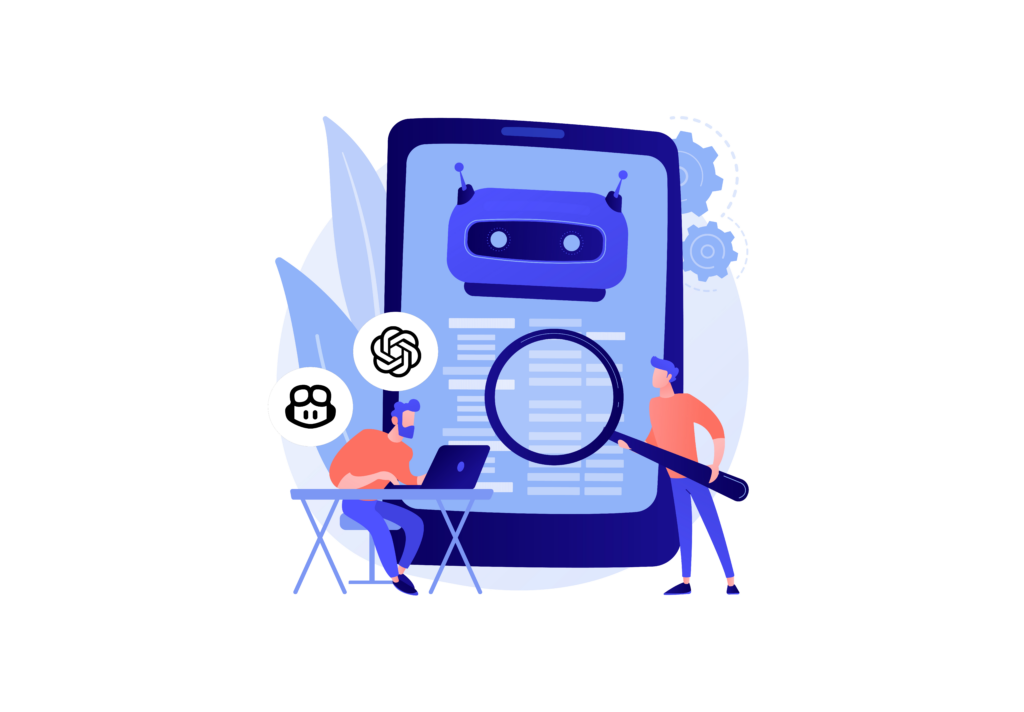





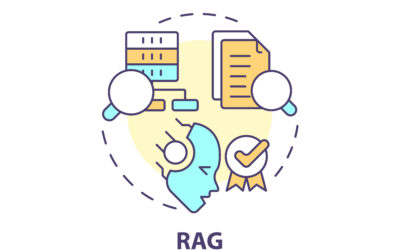
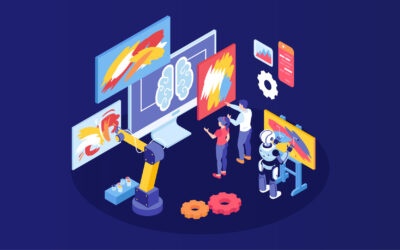
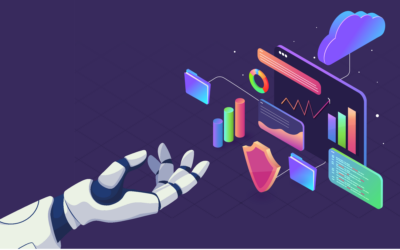
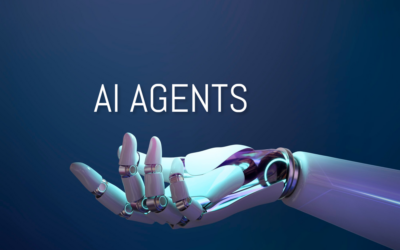


I gotta say, this post really hits the nail on the head! Generative AI is revolutionizing dev work and Code LLMS are leading the charge. I’ve seen it myself in my own studies – LLMs automating tasks like code completion, analysis, and testing can free up devs for more high-level thinking. The key is to strike a balance between human expertise and AI assistance. Great read!